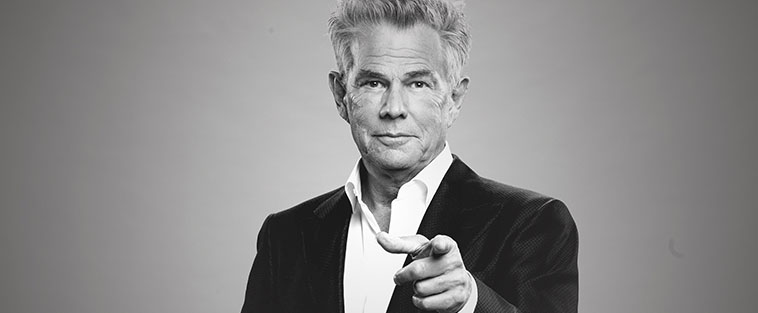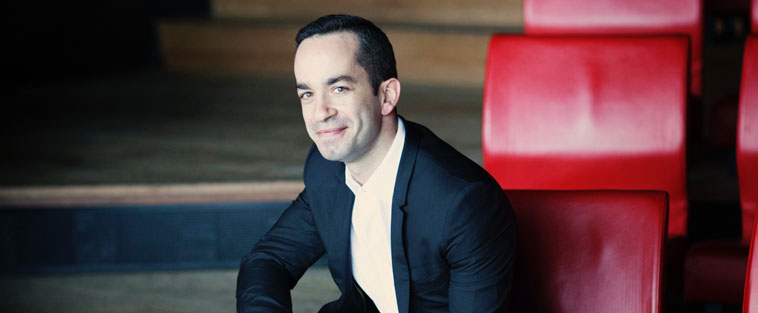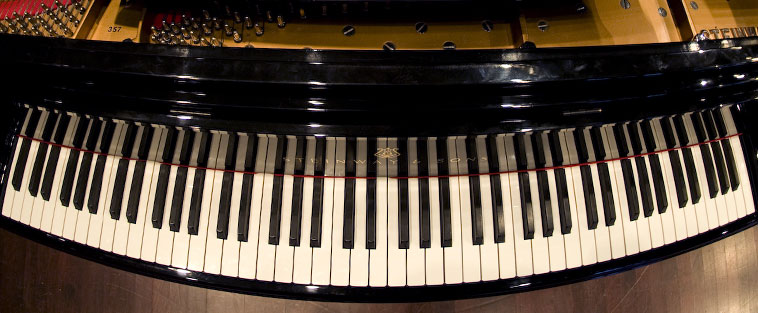While Mary Lou Williams has not attained anywhere near the level of recognition as Duke Ellington—at least not yet—she deserves to be considered right alongside the famed composer and bandleader in the symphonic jazz realm.
The composition that cemented Williams’s place in the symphonic jazz realm is Zodiac Suite: 12 short works, each inspired by an astrological sign and performing artists born under it—such as saxophonist Ben Webster and vocalist Billie Holiday for Aries—each possessing its own style and character. “I think it is one way in which people are moving beyond Ellington to consider what other aspects of classical jazz or symphonic jazz are out there. I think it will become a standard piece,” says Tammy Kernodle, a distinguished professor of music at Miami University in Ohio who wrote a 2004 biography of the jazz pianist, arranger, and composer.
Ravinia audiences will have a chance to judge for themselves, when the Aaron Diehl Trio and the New York–based chamber orchestra The Knights, present excerpts from the Zodiac Suite as part of a June 29 program that also includes works by 19th-century French composer Louise Farrenc and Ludwig van Beethoven.
Read More







